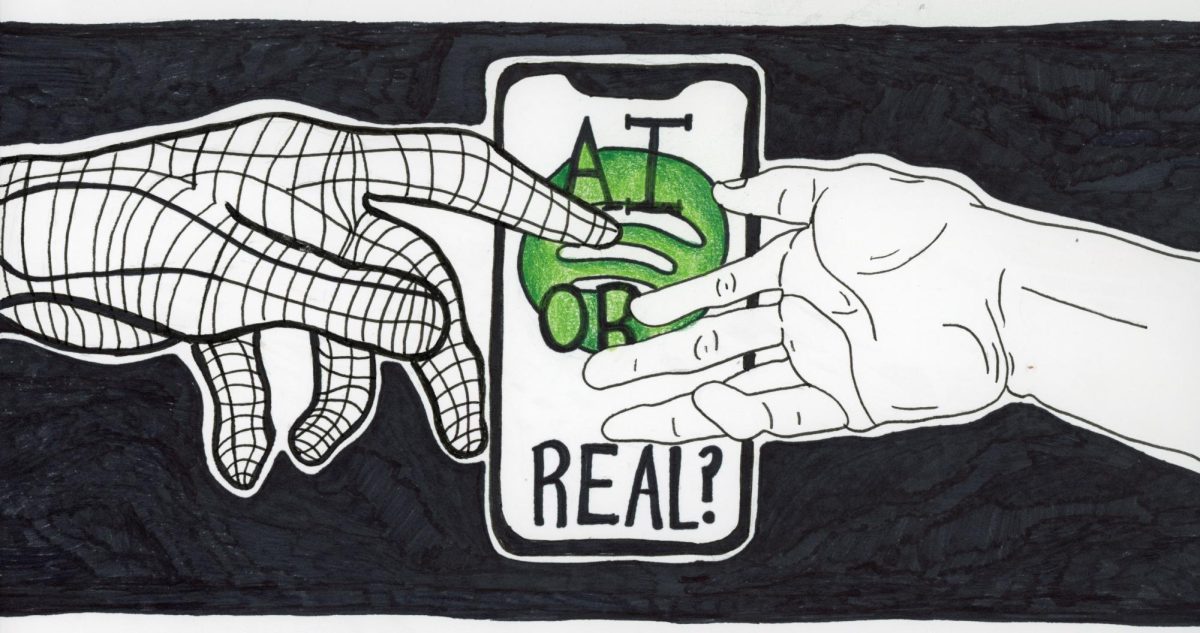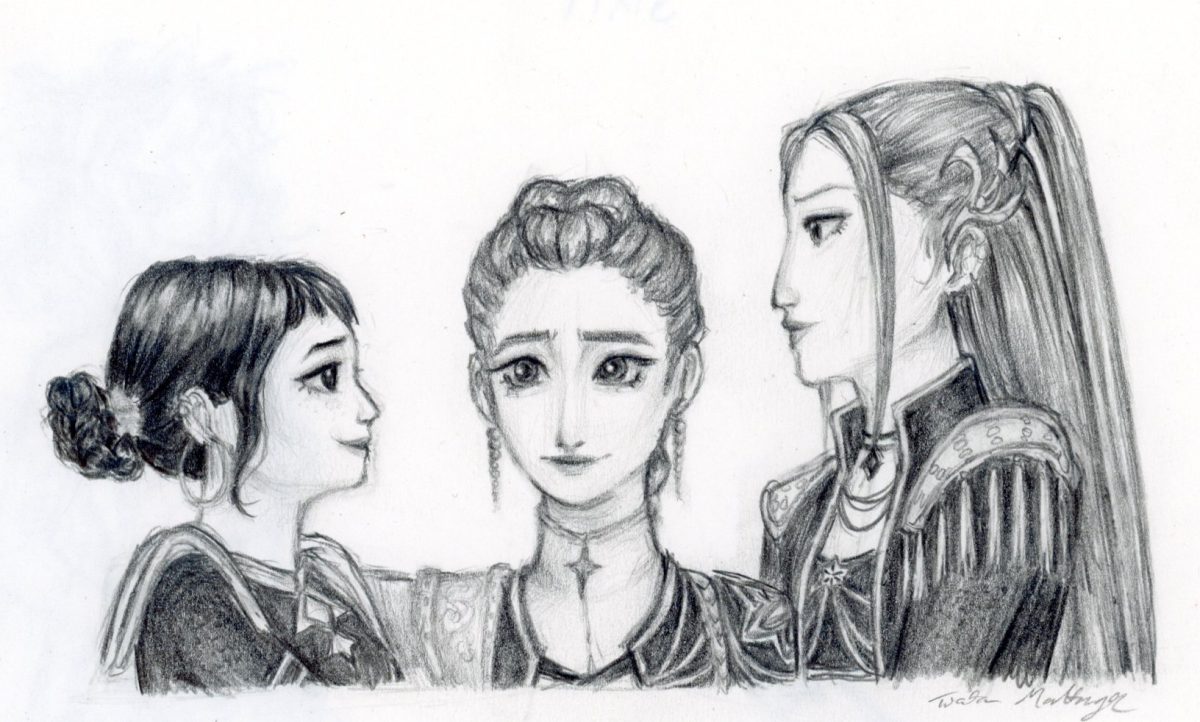“From ‘Sigma’ to ‘Rizz,’ Gen Alpha is creating a whole new dictionary of slang. These playful and sometimes puzzling words are making their way into daily conversions, leaving many people, especially older generations, confused.
These terms have impacted student life greatly, yet some words like “Aura” still leave people scratching their heads.
What do they really mean?
“Aura, it’s like the energy you radiate off,” junior Oliva Schenk said. “It’s like, oh I can feel their aura. If you do something embarrassing, it’s a negative aura.”
“Positive or negative and it depends on what you are doing, if it’s cool, positive, and uncool it’s negative. You want positive aura,” junior Leighton Wilson said.
The meaning of the word Aura from the Merriam-Webster Dictionary defines it as an energy field that is held to emanate from a living being; these words come from a similar idea yet have a twist.
“A lot of it is just to describe the way someone acts or what someone’s wearing. Fire and like a dope, I’ve heard that a lot, and Sick is still used a bit. And Slay obviously, it’s been around for a minute,” said Wilson.
This new slang is allowing some to be able to connect with their peers in a new light, yet some older generations have not quite picked up on the new language, leaving them confused.
“I hear Skibidi like 3 times a day in the hallway,” said junior Veronica Pritchard.
These words are contagious and they spread through the main street. “Skibidi Toilet, Skibidi rizz, Gyatt, I hear gyatt a lot,” said Schenk.
What does Skibidi even mean? Gen Alpha describes skibidi as a way to say something is negative. If you have a bad Aura or rizz, it could be considered skibidi. But where does Skibidi even come from? Answer: Skibidi toilet.
“It’s a meme on YouTube that little kids watch of a man coming out of a toilet,” said Pritchard. Gen Alpha’s terms stem from a lot of pop culture references and nuances. This slang makes it harder for older generations as they aren’t exposed to this content like them.
“Tik Tok has a lot of brain rot, they talk about stuff that’s so useless,” said Schenk.
This “Brain Rot” is the content that these youth see on social media platforms like TikTok, Instagram, and YouTube. According to Dr Gloria Mark, at the American Psychological Association, “Back in 2004, we found the average attention span on any screen to be two and a half minutes on average. Throughout the years it became shorter. So around 2012 we found it to be 75 seconds. This is with logging techniques. This is an average. And then in the last five, six years, we found it to average about 47 seconds.”
Gen alpha terms from tik tok and other social media platforms engage with younger generations in a new light, resulting in shorter attention spans that impact older people.














